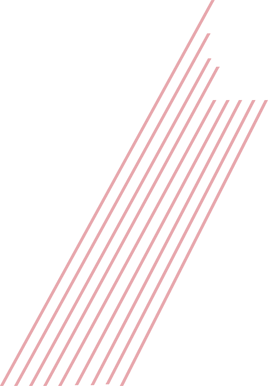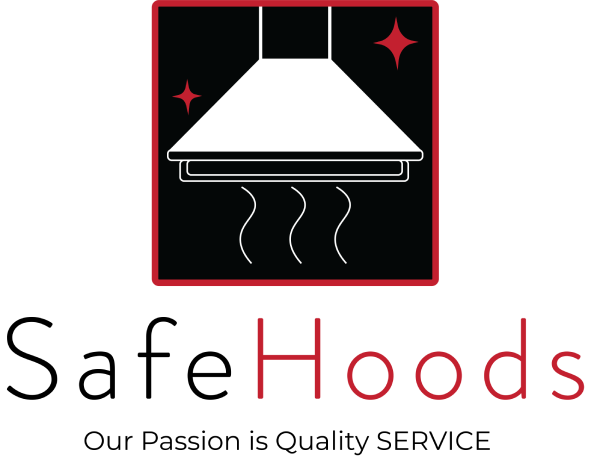We are your full-service commercial kitchen hood provider
- 24/7

FAQ
Questions & Answers on Hood Cleaning
- How many hoods and fans do you have?
- Where are the fans located and do you have access?
- What appliances you have under the hood(s)?
- When was your last hood cleaning?
- How many hoods and fans do you have?
- Where are the fans located and do you have access?
- What appliances you have under the hood(s)?
- When was your last hood cleaning?
Each hood system is unique, and for that reason our team will only be able to give you a price range over the phone. To determine the actual cost, an in-person visit is required. SafeHoods can sometimes give a range of cost with a phone call and description but most times an on-site visit is required.
Review below table from NFPA96 for inspection/cleaning frequency and see NFPA96 page for additional information.
Type or Volume of Cooking | Inspection/Cleaning Frequency |
Systems serving solid fuel cooking operations | Monthly |
Systems serving high-volume cooking operations, such as 24-hour cooking, charbroiling, or wok cooking | Quarterly |
Systems serving low-volume cooking operations | Semiannually |
Systems serving low-volume cooking operations, such as churches, day camps, seasonal businesses, or senior lefts | Annually |
Yes, the SafeHoods quote/agreement is fairly simple. It defines the scope of work, frequency of cleaning, payment terms, job cancellation fees and your responsibility – see NFPA Fire Code 4.1.5 .
Questions & Answers on Filter Exchange
SafeHoods owns/holds 2 sets of filters on your behalf that are exchanged (swapped out when dirty for 100% clean) at your location at an agreed upon interval (typically every 2 weeks or 4 weeks). See our Filter Exchange page for more details .
SafeHoods owns/holds 2 sets of filters on your behalf that are exchanged (swapped out when dirty for 100% clean) at your location at an agreed upon interval (typically every 2 weeks). See our Filter Exchange page for more details .
Your filters are the first line of defense for reducing/eliminating hood fires. Dirty filters increase your risk of hood fires, increase the smoke level in kitchens, and put unneeded strain on the fan and its motor. See our Filter Exchange page for more details.
There is a no rule that you can’t try to clean your own filters, but it is very difficult to keep filters 100% clean using only the cleaning methods/tools available in your kitchen, such as washing in a dishwasher or soaking/rinsing in sinks. These methods require consistently maintaining the cleaning cycle and often takes away time that could be spent on other kitchen priorities.
Call SafeHoods at 425-435-4444, use form on Contact Us page or email us at info@safeHoods.com.
Typically, SafeHoods owns the filters. But, in some cases, for example when specialty filters are needed, then other arrangements can be made.
Questions & Answers on Fan Services
Make sure the fan switch and breaker are on. Then call SafeHoods emergency Fan Services at 425-435-4444.
Make sure the fan switch and breaker are on. If that doesn’t fix the issue, then call SafeHoods emergency Fan Services at 425-435-4444.
